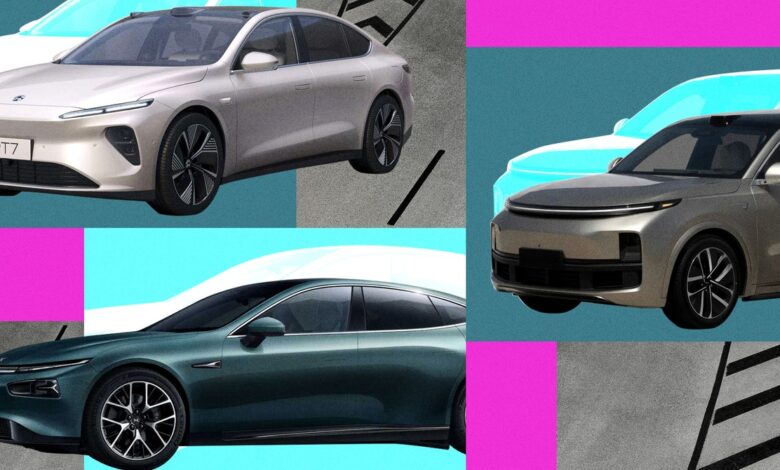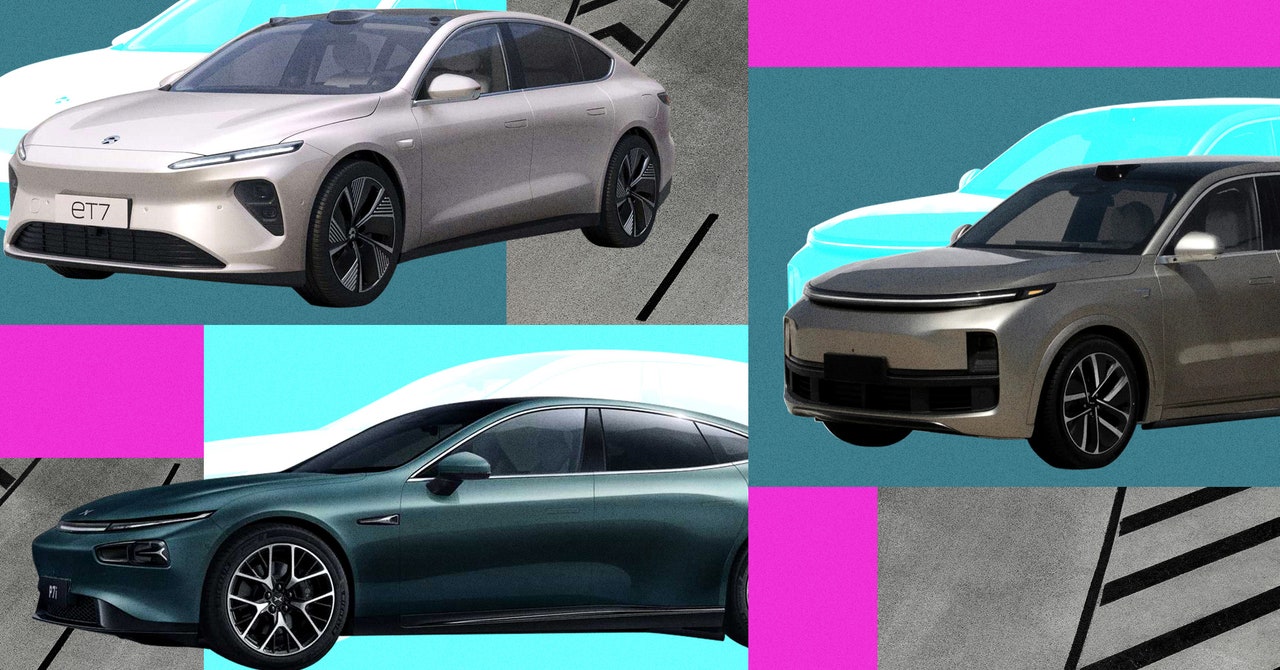China’s Best Self-Driving Car Platforms, Tested and Compared


I experienced the City NGP function under XNGP in a P7i in Shanghai, and later in a G6 in Guangzhou. With my second experience I soon realized it was a tale of two cities. In Shanghai it was quite smooth, and at least one of the interventions made was due to me being disoriented rather than the car. In a few other cases it was me being overly cautious.
While in Shanghai the system appeared to cut out for no obvious reason only once or twice, this happened far more frequently in Guangzhou. One possible reason for this is that the torque in the system is unable to overcome the hand on the wheel, and so the system might think you are making an intervention. Nonetheless, in Guangzhou it got stuck behind a stopped car, and on one occasion seemed to be heading for an ebike waiting to cross the road rather than entering the road it was turning into.
Two-wheeled traffic in Guangzhou in general seemed to present a challenge for the system. Unlike in Shanghai, the roads of Guangzhou do not have good separation between cars, bicycles and mopeds. At the best of times in China these road users are unpredictable, usually paying scant regard for traffic lights, road regulations, or their own safety. With the absence of dedicated or segregated lanes for them, XNGP seemed to struggle. But this was last year, of course, and the system may well have been significantly improved since then.
Forward Thinking
Moving forward, data will be the deciding factor in both the speed of change and also the capabilities of the systems, and it is here that Li might have the winning advantage. XPeng’s XNGP is available on only the Max versions of four models. In the case of Nio, all second-generation cars have the necessary hardware, but users need to pay the equivalent of $530 per month to use the system.
In contrast, Li does not charge for its system, and all L9 and Mega cars have it as standard. For the L7 and L8, there are AD Max and AD Pro versions, with the latter missing lidar but still offering NOA Highway. Factor in that Li has sold nearly 500,000 of its second-generation cars—and in December sold 50,035 cars versus 20,115 and 18,012 for XPeng and Nio respectively—and this may help the company build leadership thanks to the sheer volume of data captured.
However, in December, Nio unveiled its first in-house-developed autonomous driving chip, which will be in its ET9 flagship sedan coming 2025. The 5-nanometer chip, called the Shenji NX9031, has more than 50 billion transistors, supports 32-core CPUs, and is supposedly comparable to four Nvidia Drive Orin X chips.
Fighting back in January, Li Auto announced that it will be using Nvidia’s Drive Thor autonomous driving chip in its 2025 next-gen EVs, as a successor to the Drive Orin. Drive Thor supposedly has 2,000 TOPS of performance, eight times that of Drive Orin.
Finally, aside from such advances in chip technology and autonomous coverage rollouts in China, Asian brands will clearly not be content to stay in their home countries. Last month, XPeng, already expanding into Europe, confirmed its intentions to bring its self-driving tech worldwide in 2025. “We look forward to enabling overseas users to access XPeng’s autonomous driving already available in China,” Xiaopeng He, the firm’s founder and CEO, said.
XPeng’s ambitions are not confined to its own cars, either. In July last year, Volkswagen announced an investment of $700 million in XPeng, purchasing a 4.99 percent stake in the company. The plan is to collaborate with XPeng to develop two VW-brand electric models for the midsize segment in the Chinese market in 2026.
The contrast between XPeng and Apple’s now defunct Project Titan, both founded 10 years ago, could not be more stark.
Source link




